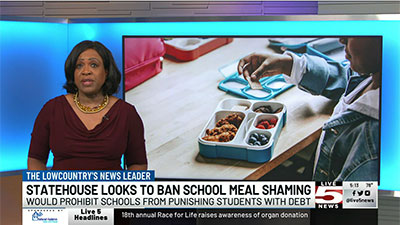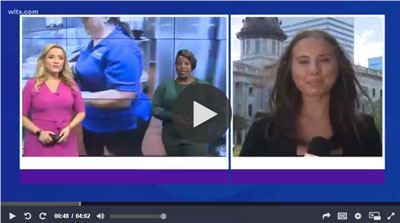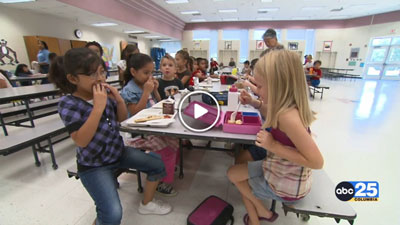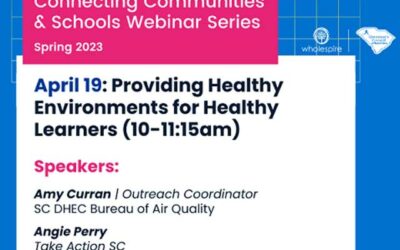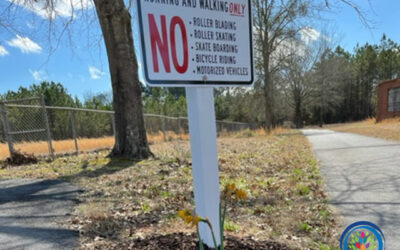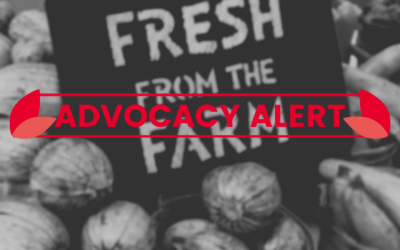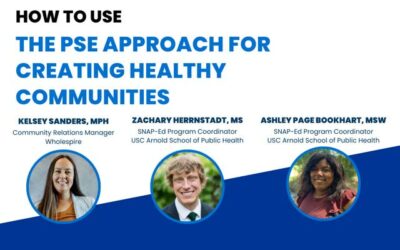WCSC Live 5 News Charleston
Wholespire-funded
Proposed law in SC budget aims to end school lunch shaming
WLTX News 19 Columbia
SC senator and advocacy groups call for free school meals for students
WOLO-TV/ABC 25 Columbia
Providing Healthy Environments for Healthy Learners
How does the environment affect student health and the school campus? Learn about Breathe Better for Schools, a program from the SC Department of Health and Environmental Control and other resources that can be used to teach environmental responsibility. This webinar is eligible for 1 educator continuing education credit.
Action Alert: Support Senate Budget Proviso 1.68 to address student hunger
The State Senate placed a proviso in their budget that would allow public school students access to free school meals. Proviso 1.68 would require schools to provide free meals to all students who are eligible under the Community Eligibility Program; this would have a...
Biking and Walking Infrastructure & Programs in SC
A publication of the Palmetto Cycling Coalition (PCC), this guide lists major eligible funding sources for walking and bicycling infrastructure in South Carolina (SC) at all levels: local, state and federal.
Historical Greenwood neighborhood seeks a renewed promise of a healthy, thriving community
Greenwood County is home to one of our nation’s most influential civil rights leaders -- Benjamin Mays, one of Martin Luther King Jr.’s mentors. If you look deep into the historical records of this rural county, you will find other interesting facts that have shaped...
Action Alert: Let’s get Healthy Bucks & SNAP System Requests in the SC Senate Budget
You answered our call for help with securing funding in the SC House budget for the SC Department of Social Service’s (DSS) Healthy Bucks program. Now, we need your help with ensuring Healthy Bucks and an upgrade to the SNAP processing system are included in the SC...
Part 1: The PSE Approach for Creating Healthy Communities
What’s the difference between PSE change and programs? Learn more about PSE strategies and how they can complement programming to achieve greater health outcomes.

